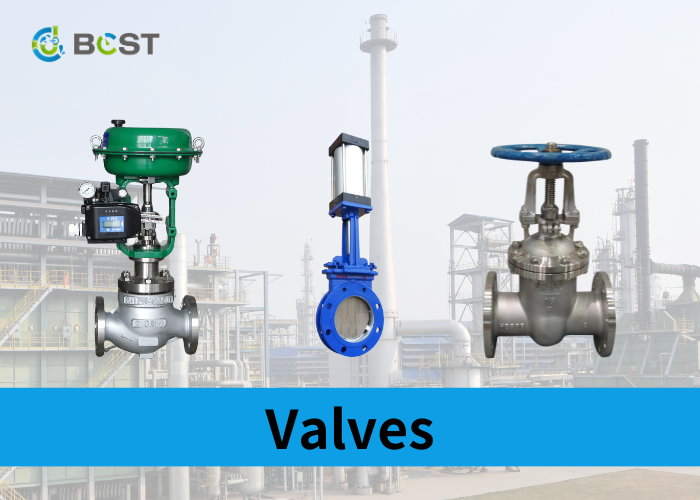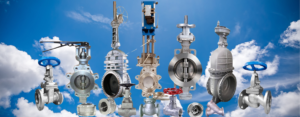
In the intricate machinery that powers our industries and infrastructure, valves are crucial in regulating the flow of liquids and gases. However, when selecting suitable valves for specific applications, one factor often takes center stage—temperature. Whether you’re working in a high-temperature industrial setting or dealing with sub-zero conditions, understanding the nuances of valve selection is paramount.
Considerations When Choosing a Valve for a Process
The following tips will assist you in selecting a control valve for your next project and will make the process easier:
- Flow control characteristics: know the maximum and minimum pressure and the acceptable temperature to which the fluid will be transferred. Knowing the maximum and least inlet and exit pressures that the valve can handle can assist you in selecting a valve that fits all of these requirements.
- Fluid to be transferred: the kind of fluid to be transferred in the process determines the valve specification for use. Natural gas, compressed air, steam, liquid petroleum, hydraulic fluid, slurry, and water are all controlled via control valves. The valve needs to be suitable for any of this kind of fluid.
- Compatibility with remote systems: the environment for specific processes may be hazardous, and as such, there will be a need for the process control to be done remotely. The valve you choose must be compatible with remote process management systems. This allows for simple remote control and monitoring.
The Influence of Temperature on Valve Selection
The temperature of the system media running through a valve and the ambient operating temperature of the process environment are significant factors determining the kind of valve to use. Temperatures may be changed during the process, or they may remain constant.
The valve used must account for temperature fluctuations in order to avoid expansion and contraction that could disrupt the flow of process fluids and materials.
Metallic components can quickly lose strength at a very high temperature. This may affect their pressure ratings and reduce them as time goes on, so selecting the suitable valve made from the right materials and meeting the temperature specification and application needs is essential.

How To Select Valves in Different Temperatures?
It is critical to consider the material of the valve, the operating temperature of the flowing media, and the process temperature when selecting a valve for varied temperatures.
Materials with low temperature resistance should not be considered when selecting a valve in a high-temperature process.
The valves to consider are ceramic-lined special valves with a cooling jacket structure. Water is circulated through the cooling jacket to ensure that the internal metal of the valve remains within the allowable stress range.
When selecting valves for cryogenic processes below -29°C, select valves made of cryogenic-resistant materials. These materials have very high toughness and a good heat capacity, so the cooling load from the action would not crack the valve.
Conclusion
Our exploration has underscored the paramount importance of a meticulous approach in the intricate realm of valve selection for diverse temperature environments. The materials from which a valve is crafted, the temperature of the flowing media, and the overall process temperature emerge as pivotal factors in ensuring optimal valve performance. Selecting the suitable valve for the job is not a one-size-fits-all endeavor. Different valves are designed to thrive in specific temperature ranges. The careful consideration of materials, design specifications, and maintenance practices emerges as a linchpin in ensuring optimal valve functionality across diverse thermal landscapes. The responsibility to choose valves that can withstand the temperature demands of their respective applications is paramount. It’s a delicate balance where precision and resilience intersect to guarantee the seamless operation of systems, regardless of the thermal challenges they encounter.






